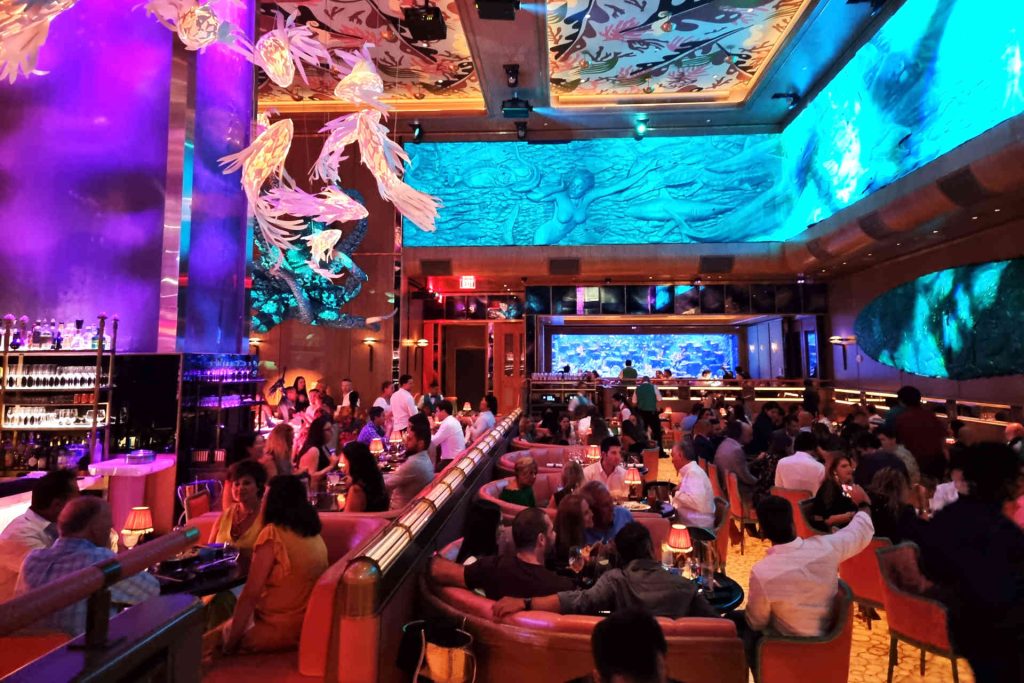| Editorial team
The international food service market is becoming increasingly dynamic with innovative concepts and new players. International and European chains in particular are gaining in importance and expanding worldwide, such as Dishroom and Sexy Fish Miami. One example of this is Pret a Manger, which is also increasingly establishing itself in various countries, as are L’Osteria and Sticks’n’Sushi. Ikea is also breaking new ground with its own restaurant concept, as demonstrated by the opening of an independent restaurant in Hammersmith, London. This illustrates the increasing bundling of chains and the transfer of successful restaurant concepts to new markets.
In addition, gastronomy themes are developing into travel destinations that are spread by the media. In London, for example, it is the seemingly banal yet popular experience of enjoying strawberries with chocolate sauce at Borough Market, triggered by TikTok and Instagram.
Another trend is robot-assisted solutions in the catering industry. The case study by Creator in San Francisco, for example, shows a restaurant that prepares burgers fully automatically - with consistently high precision in terms of freshness and taste. Flying restaurants are no longer a dream of the future either: a start-up in Dubai is testing drone deliveries for luxury customers who receive freshly prepared meals on yachts.
Technological progress is also continuing in the HR sector. Flexible working time models, more part-time options and self-determination are becoming increasingly important. In addition, upskilling through AI is becoming increasingly popular, with training and further education being offered with the help of AI tools. Digitalization is also playing an increasingly important role, and quick-service restaurants are increasingly relying on kiosk terminals and ordering by QR code. Trendsetters are increasingly focusing on dynamic pricing. Restaurants like Next in Chicago are experimenting with flexible pricing models where prices change according to demand, similar to the hotel industry.

From ticketing systems to cooking robotics: the restaurant industry is undergoing a digital transformation. What began as a technological gimmick is now becoming a real competitive advantage. Why digital processes bring more predictability, better guest experiences and new perspectives for employees – and where people still remain irreplaceable.
Organic is not a label – it’s an attitude. In Falkenstein, Lower Austria, the Pesau winery practices organic farming as a generational contract: for the soil, for the landscape, for the wine. A conversation with Andreas and Georg Pesau about living origin, sustainable craftsmanship and the courage not to bow to every trend.


The international food service market is becoming increasingly dynamic with innovative concepts and new players. International and European chains in particular are gaining in importance and expanding worldwide, such as Dishroom and Sexy Fish Miami. One example of this is Pret a Manger, which is also increasingly establishing itself in various countries, as are L’Osteria and Sticks’n’Sushi. Ikea is also breaking new ground with its own restaurant concept, as demonstrated by the opening of an independent restaurant in Hammersmith, London. This illustrates the increasing bundling of chains and the transfer of successful restaurant concepts to new markets.